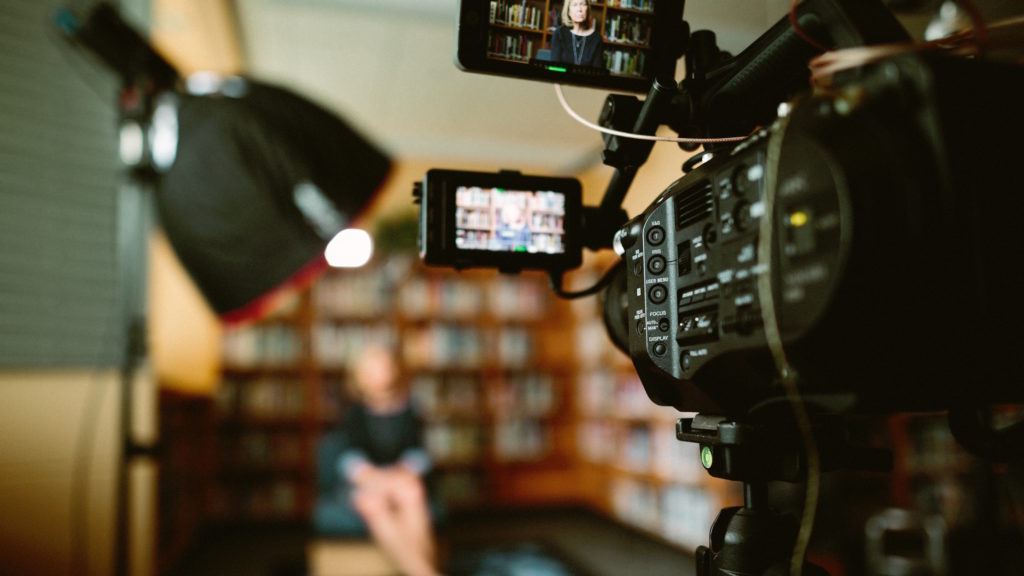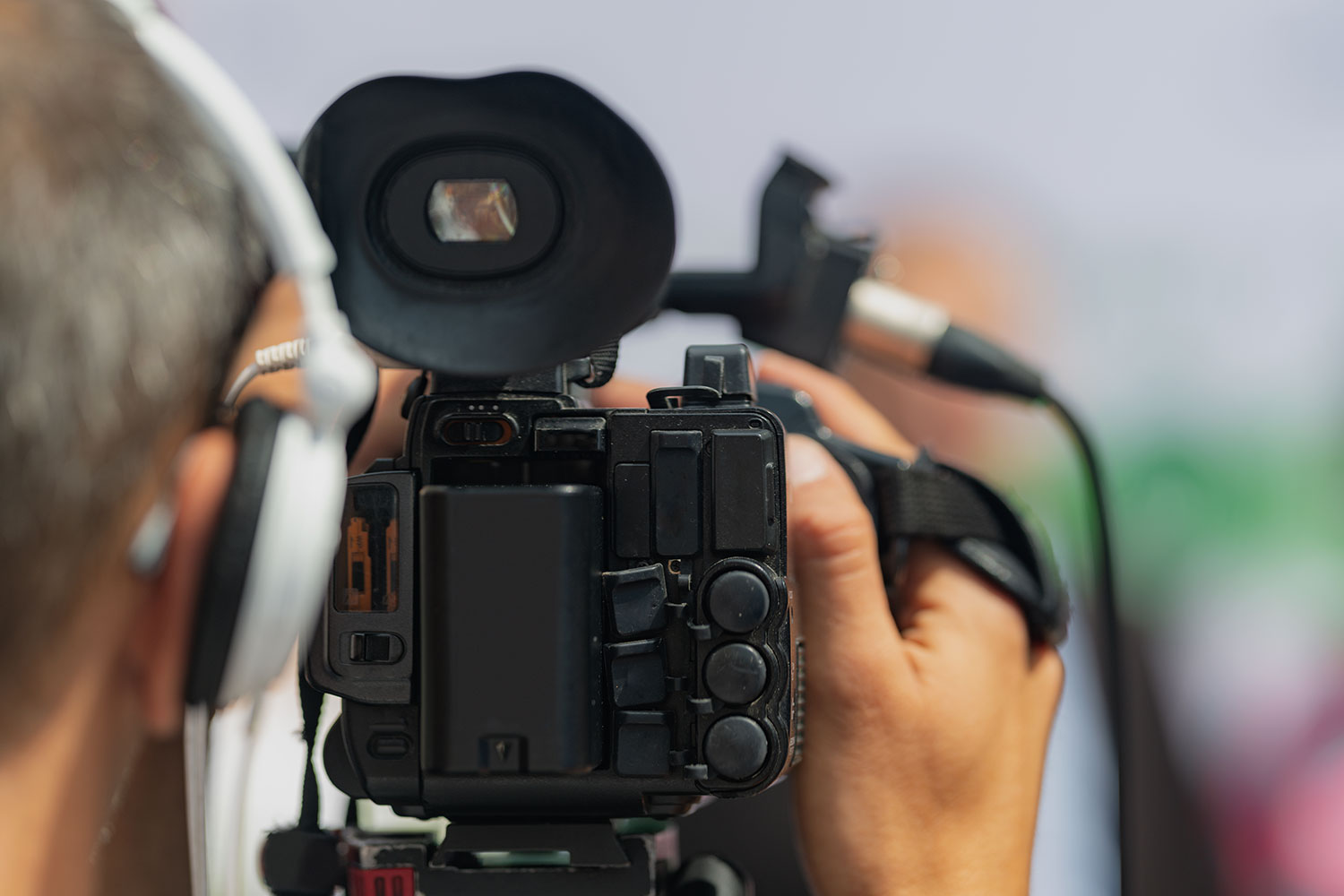Legal Videography: A Effective Tool for Ensuring Courtroom Transparency
Legal Videography: A Effective Tool for Ensuring Courtroom Transparency
Blog Article
Why Legal Videography Is Crucial for Accurate Court Recordings
The duty of legal videography in court settings can not be overstated, as it offers as a vital device for preserving the stability of court documents. The implications of incorporating legal videography into typical courtroom methods elevate important concerns about its wider influence on the legal system.
Value of Visual Proof
In the realm of lawful procedures, the value of aesthetic evidence can not be overstated. Visual proof works as an effective tool in establishing facts, supporting testaments, and boosting the overall clarity of a situation. This type of evidence, that includes photos, video clips, and layouts, can give a tangible context that verbal descriptions frequently lack, consequently using courts and courts a more clear understanding of the conditions bordering an instance.
In addition, visual proof help in the retention of info. Human cognition is naturally visual, and people are much more likely to bear in mind and understand details offered in an aesthetic style. In the court, this can be important, as compelling visual proof can guide viewpoints and strengthen the narrative presented by lawful agents.
Furthermore, the use of visual proof can lessen misunderstandings and ambiguities that frequently arise from spoken exchanges. By supplying a direct representation of occasions, visual evidence aids to get rid of subjective interpretations and fosters an extra objective evaluation of the facts. Subsequently, the combination of visual proof into legal process not only strengthens the stability of the judicial process yet likewise enhances the chance of accomplishing a just end result.
Recording Non-Verbal Cues
Making use of advanced videography strategies can substantially boost the capture of non-verbal hints throughout lawful proceedings. Non-verbal interaction, including faces, body language, and eye get in touch with, plays an important duty in conveying feelings and objectives that might not be explicitly mentioned in verbal testament. legal videography. Lawful videography employs high-def video cameras and critical angles to guarantee that these refined cues are taped with clarity and accuracy
The capacity to evaluate non-verbal actions can offer useful context to statements made during court sessions. For circumstances, a witness's hesitation or confidence can be interpreted with their posture or gestures, possibly affecting the jury's perception of credibility. The usage of close-up shots can aid concentrate on an audio speaker's expressions, allowing for a more nuanced understanding of the testimony.
Furthermore, integrating multiple camera angles can create a comprehensive view of interactions, highlighting characteristics in between events included. This diverse method not only boosts the accuracy of the court record yet additionally help in protecting the integrity of the judicial process - legal videography. Inevitably, recording non-verbal signs with legal videography fosters a richer, extra full depiction of courtroom proceedings

Enhancing Testament Dependability
The reliability of statement can be considerably strengthened with using top notch legal videography. Video clip recordings act as an unbiased tool that catches not just the spoken words of witnesses however also the nuances of their distribution, including tone, pacing, and psychological expressiveness. This multifaceted paperwork gives a clearer understanding of the witness's credibility and intents, which can be pivotal in legal procedures.
Moreover, legal videography decreases the potential for misconceptions that might occur from composed records alone. When jurors can observe a witness's behavior and body movement in combination with their testimony, they are better outfitted to assess the authenticity and dependability of the proof presented. This visual context can strengthen the testimonial story, making it extra compelling and trustworthy.
In addition, the find presence of a video recording can prevent possible disparities in statement. Witnesses might be extra mindful in their statements when they know they are being tape-recorded, causing even more exact and genuine accounts. On the whole, high-quality legal videography enhances the integrity of statement, making sure that the court has accessibility to a total and sincere depiction of the truths as communicated by the witnesses.
Sustaining Appeals and Reviews
Legal videography plays a vital function in sustaining charms and evaluations by supplying a detailed aesthetic record of court proceedings. This visual documentation captures not just the talked words of witnesses and lawyers yet additionally the subtleties of body movement, intonation, and court characteristics. Such aspects can be critical in comprehending the context of statements and disagreements presented.
In the appellate procedure, where the emphasis is on errors of legislation and procedural justness, a video clip document can work as a crucial device for appellate courts. It allows courts to examine the original trial context, making certain that decisions are based upon a total understanding of the procedures. The capability to visually examine the temperament of witnesses or the interactions between celebrations can disclose insights that composed records might ignore.

In addition, legal videography can assist in clarifying uncertainties in testaments or procedural judgments, thereby strengthening the basis for an appeal. By using a reputable, unbiased account of what transpired in court, lawful videography not just supports the honesty of the legal process yet also equips all events included to make enlightened choices regarding their situations.
Simplifying Courtroom Processes
Enhancing court effectiveness, lawful videography simplifies procedures by providing immediate access to visual records of procedures. This modern technology permits courts, lawyers, and courts to revisit crucial statement and evidence, guaranteeing that all celebrations have a clear understanding of the situation. By recording the subtleties of verbal and non-verbal communication, videography enriches the record, making it simpler to understand the context and weight of statements.

Furthermore, video recordings can facilitate remote engagement in hearings, permitting higher flexibility in organizing and involvement, which is particularly valuable in intricate situations including multiple stakeholders.
Verdict
Finally, lawful videography plays a crucial function in ensuring exact court recordings by providing crucial visual proof that captures both spoken and non-verbal interaction. This practice boosts the reliability of statements, sustains appellate reviews, and enhances courtroom processes. By cultivating an extensive understanding of court characteristics, legal videography eventually adds to much more fair judicial end results, reinforcing the integrity of the legal system and promoting informed decision-making.
Report this page